The Largest Man-Made Forest in the World
Everybody wants perfect wireless service everywhere, but nobody wants mobile telephone masts in their neighborhood. Photographer Hans Wilschut documents one solution.
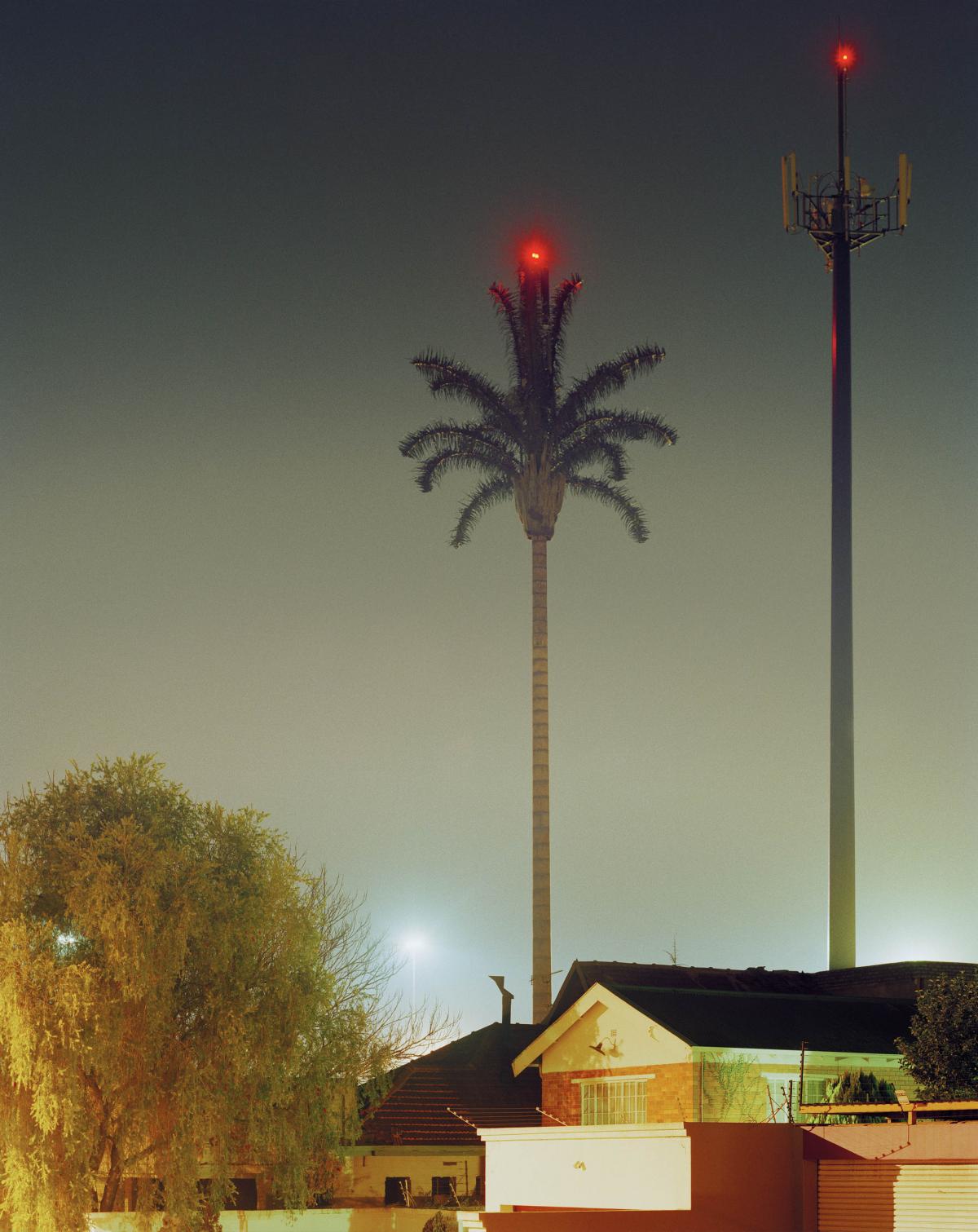
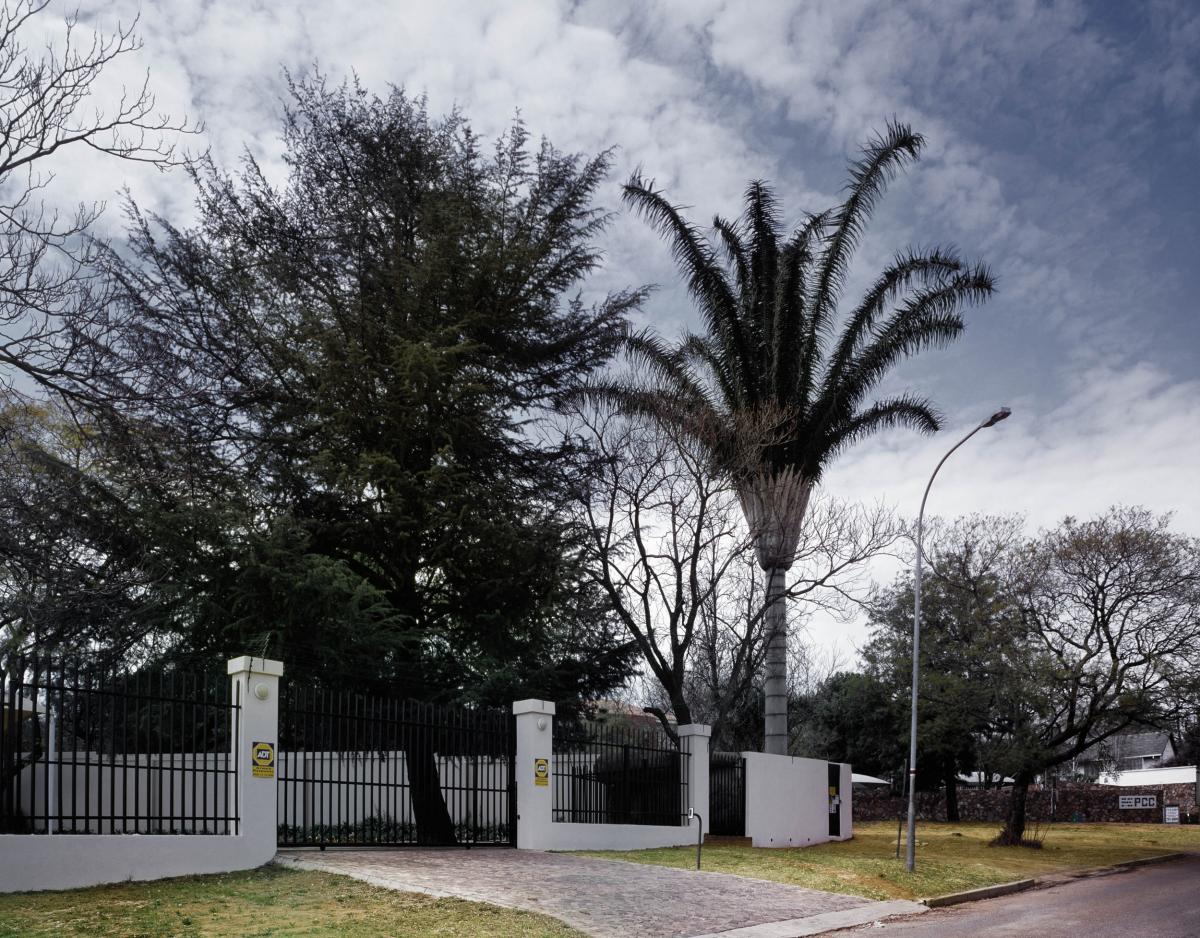
The South African company Brolaz Projects is credited with creating the first disguised base stations in 1996. Almost overnight, their palm tree masts sprang up in a Cape Town suburb. The ‘bark’ is created by surface manipulation using special colorants and coatings which are applied to the steel trunk. Brolaz Projects specialises in towers resembling palms, whose shape provides a sufficiently large platform at the top of the tower.
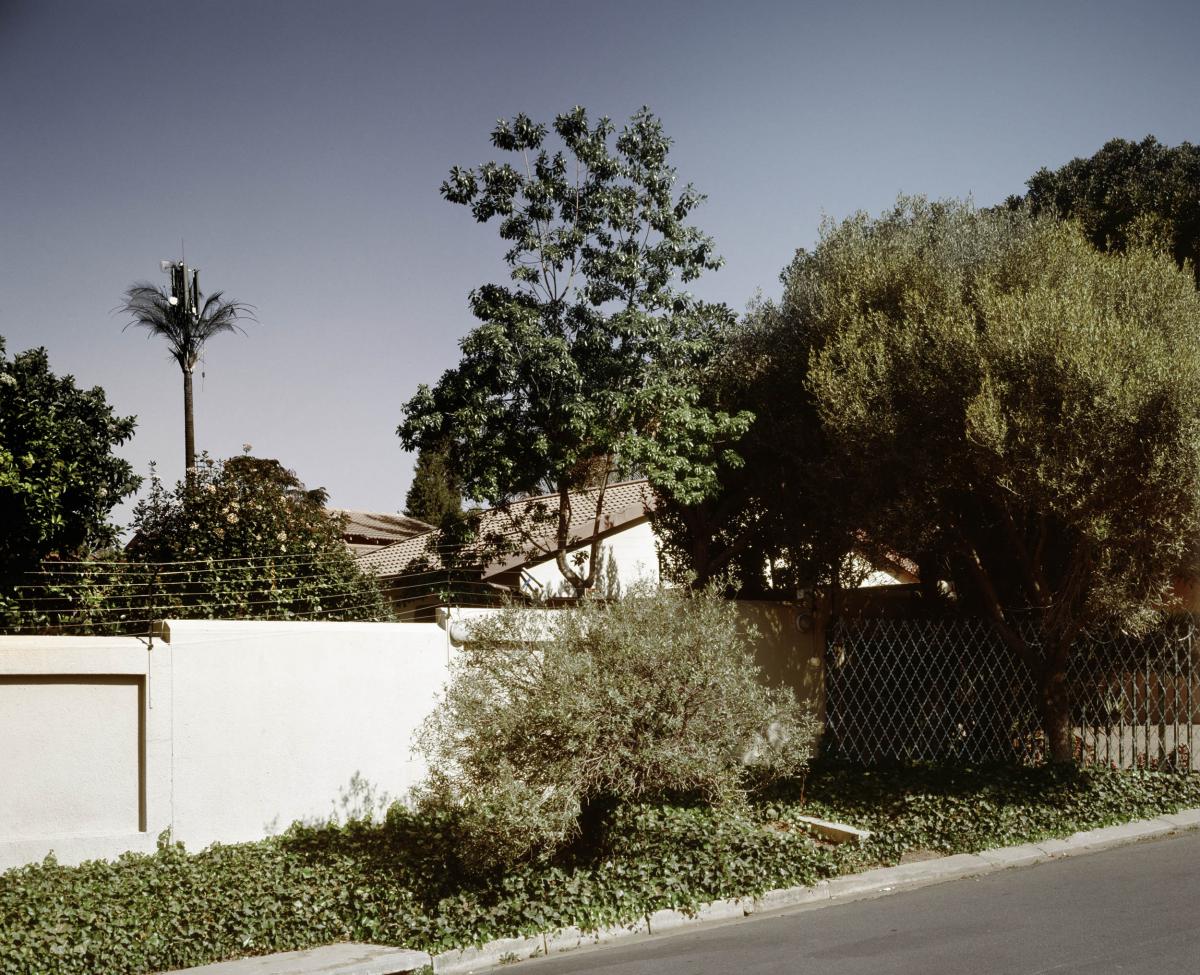
Small wonder then, that network operators try to make their base stations as unobtrusive as possible, blending them in with the surrounding area. Because of the lush local vegetation, many mobile phone masts in this city are disguised as trees. Dutch photographer Hans Wilschut documented these camouflaged masts in Johannesburg, South Africa.
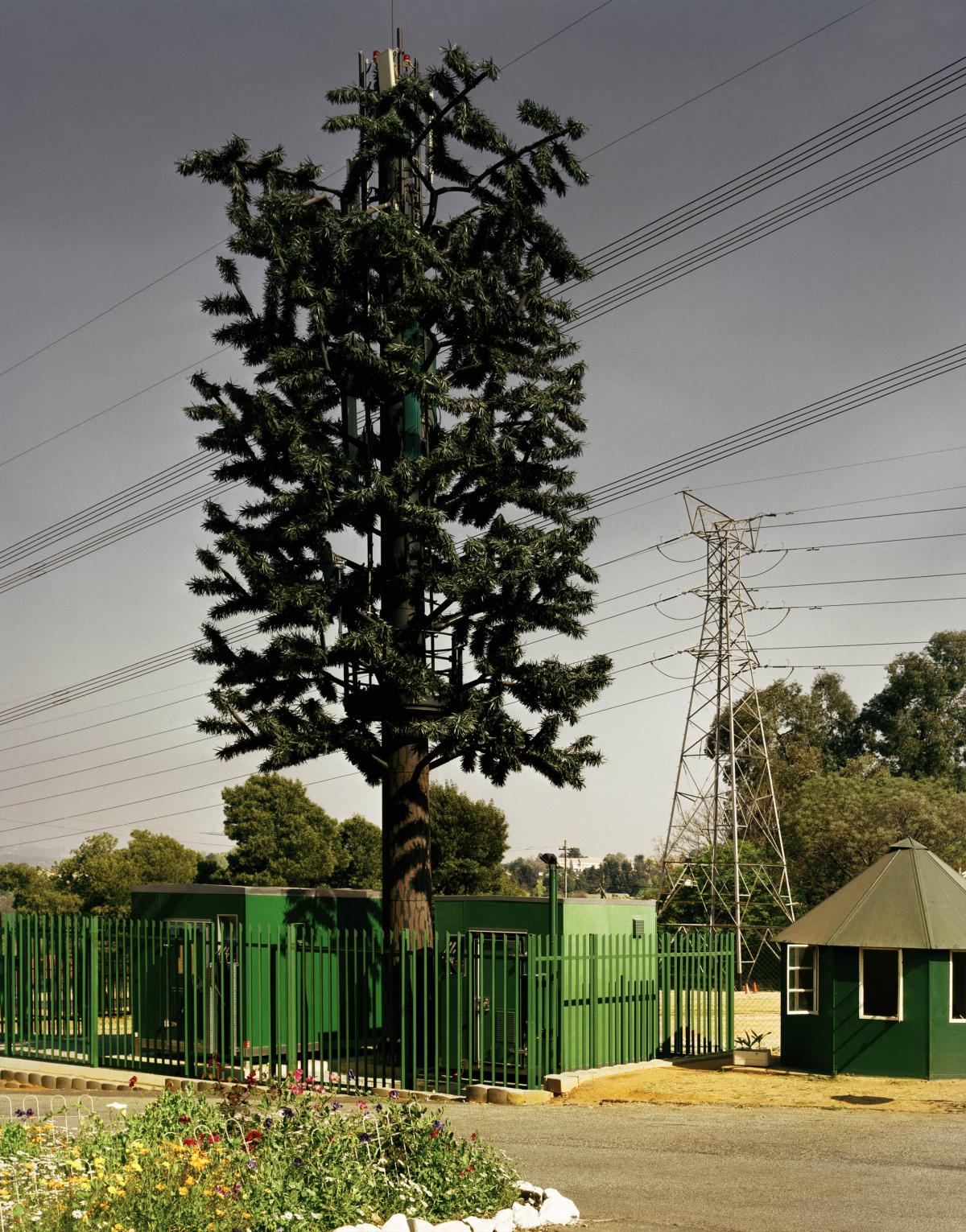
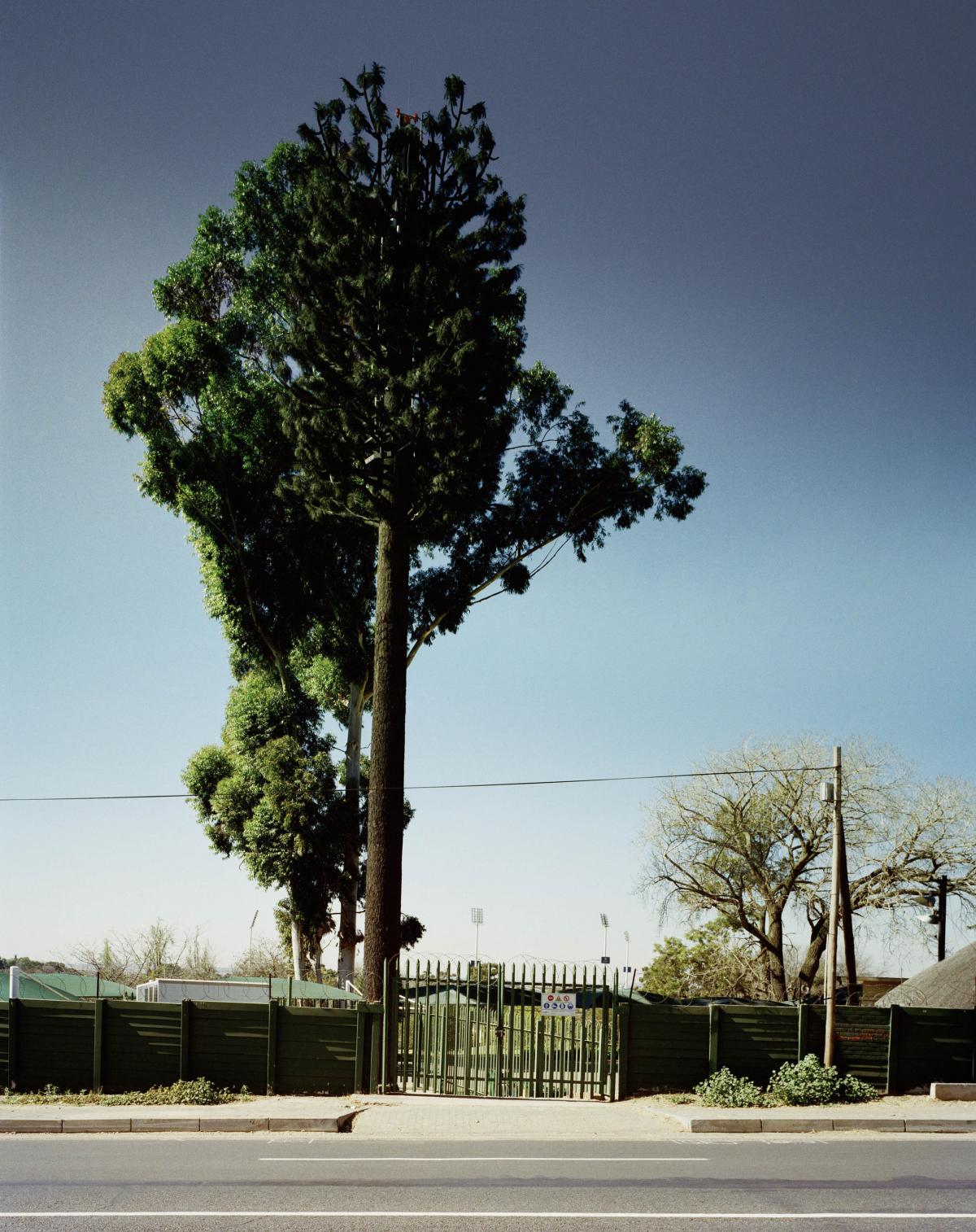
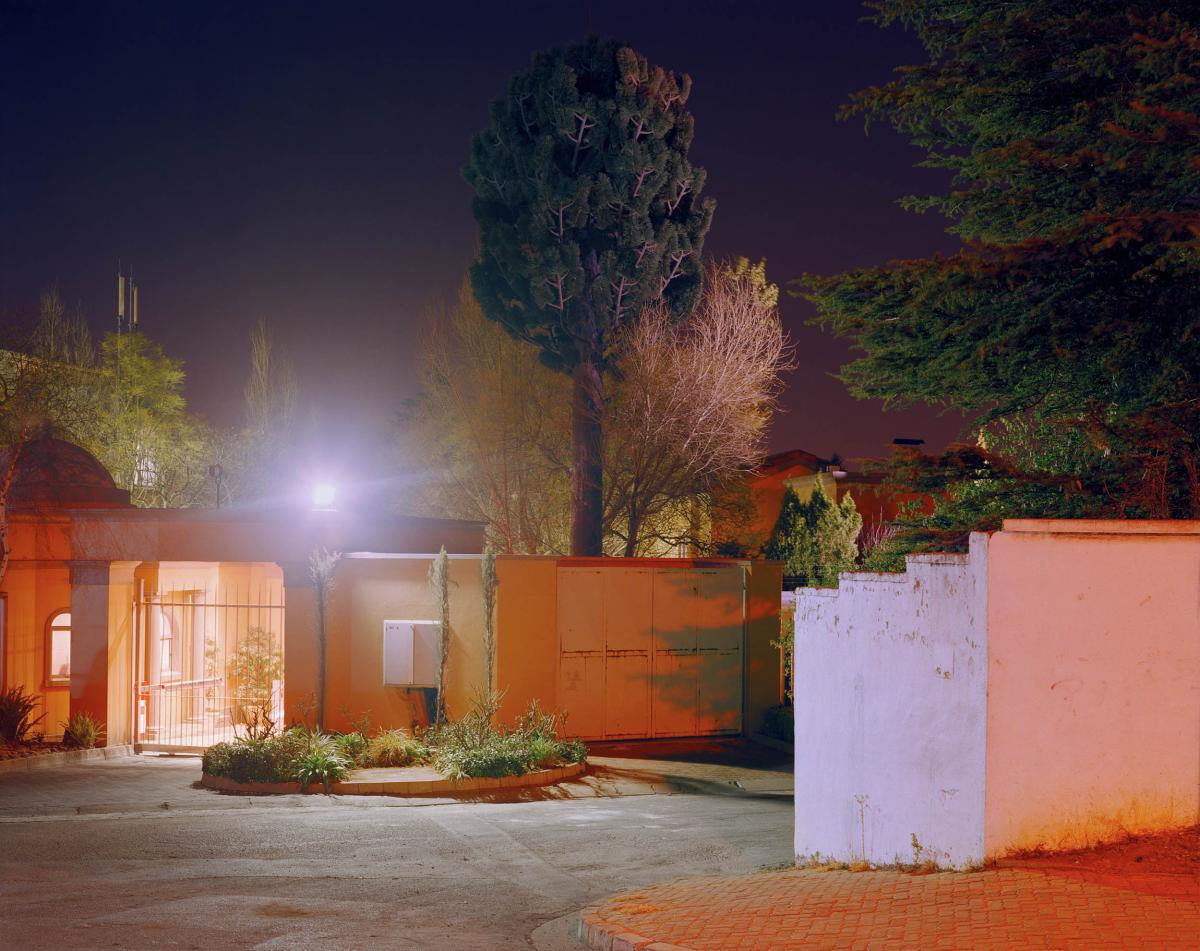
Mobile telephone base stations with their antennas, transmitters, receivers and other components have become a necessary part of our environment, part of the price we pay to be connected 24 hours a day, everywhere we go. On the other hand, there is frequent local opposition to new masts, not only because of their unattractive appearance, but also because of their radiation and their sheer ubiquity. In dense urban areas they may be separated by as little as 400 to 800m (0.25 to 0.5 mi.).

